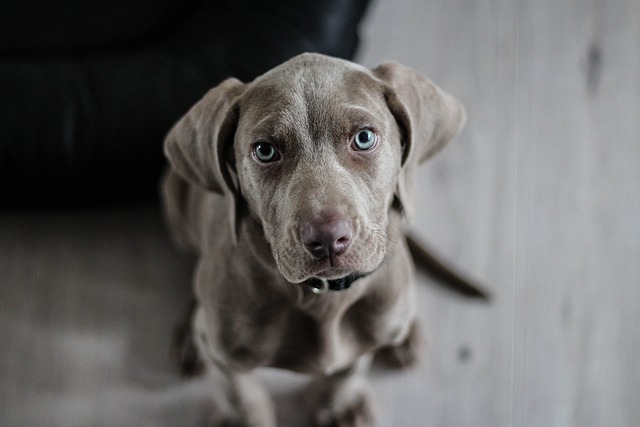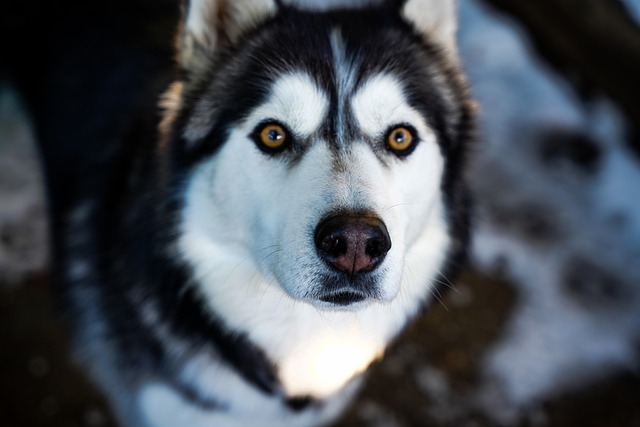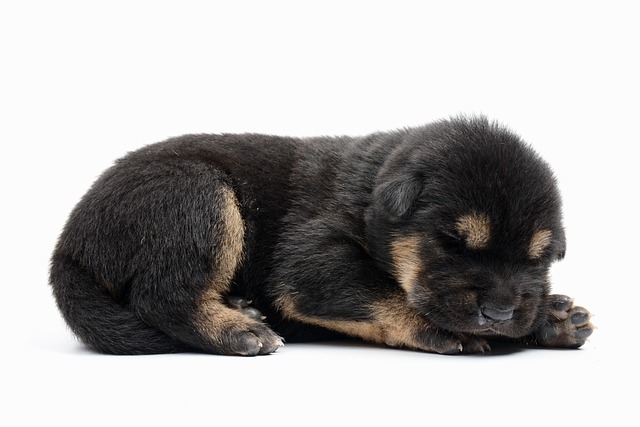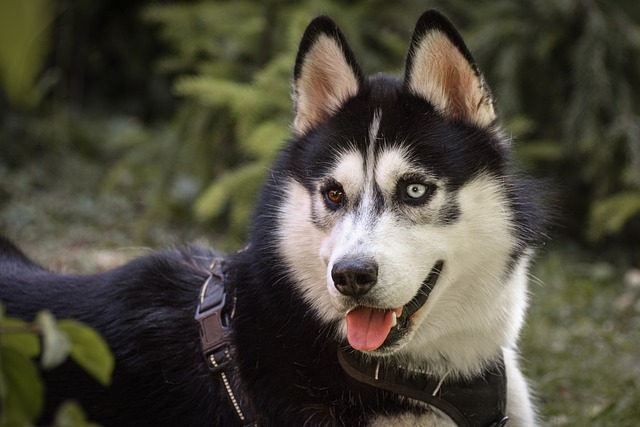
What are the 5 steps to train a dog?
Training a dog isn't just about teaching tricks—it's the key to building a harmonious life together. Whether you're a new puppy parent or adopting an adult dog,
Waking up to puddles on your Persian rug or chewed-up training pads isn't just a morning nuisance—it's a rite of passage for new puppy parents. Nighttime toilet training can feel like navigating a minefield, especially when you're juggling work emails by day and midnight potty breaks by night. But fear not: cracking the code to a dry bed involves understanding your puppy's biology, leveraging behavioral science, and staying one step ahead of those mischievous midnight urges.
Puppies under six months have bladders roughly the size of a walnut, meaning they can't hold it through a full eight-hour sleep. This isn't disobedience—just biology. Take my neighbor's golden retriever pup, Charlie. Despite seeming housebroken during the day, he'd have accidents every night until we realized he needed a final 10 PM walk to empty his bladder. Veterinarians recommend taking puppies out every two hours during the day, increasing to every three as they mature, but nighttime intervals depend on age. For a 12-week-old, expect to set your alarm every three hours; by 16 weeks, most can manage four.
Creating a conducive nighttime environment is key. Instead of letting your pup roam free, use a crate no larger than their sleeping space—big enough to stand and turn, but small enough not to create a "toilet corner." Line it with absorbent pads and a favorite blanket. My Australian Shepherd mix, Luna, felt secure in her crate once I added a ticking clock wrapped in a towel to mimic the sound of her mother's heartbeat. This mimics the den-like security of their wild ancestors and discourages soiling where they sleep.
 Timing is everything. Establish a pre-bedtime routine: last meal two hours before sleep, followed by a brisk 15-minute walk. When you bring your puppy inside, take them directly to their designated potty area—whether it's a patch of artificial grass or a specific spot in the yard. Use a consistent command like "go potty" and praise enthusiastically when they comply. Positive reinforcement works wonders; a single kibble treat or a belly rub can reinforce the behavior faster than scolding.
Timing is everything. Establish a pre-bedtime routine: last meal two hours before sleep, followed by a brisk 15-minute walk. When you bring your puppy inside, take them directly to their designated potty area—whether it's a patch of artificial grass or a specific spot in the yard. Use a consistent command like "go potty" and praise enthusiastically when they comply. Positive reinforcement works wonders; a single kibble treat or a belly rub can reinforce the behavior faster than scolding.
In the US, 70% of pet owners report nighttime accidents within the first month of bringing a puppy home, according to the American Kennel Club. But rushing your puppy can backfire. If they don't relieve themselves within five minutes, return them to the crate and try again in 15. Remember, punishment only instills fear, making them more likely to hide accidents. When my friend punished her Yorkie for wetting the carpet, he started sneaking into closets to relieve himself.
Compliance with local regulations is crucial. In many European cities, allowing dogs to defecate on public property without immediate cleanup incurs fines of up to €150. In California, failure to pick up after your dog in public spaces violates the state's Animal Waste Law, risking a $100 citation. Even in the privacy of your backyard, responsible waste disposal is essential for maintaining good neighbor relations and preventing environmental contamination.
As your puppy matures, gradually extend the time between nighttime potty breaks. By eight months, most healthy puppies can sleep through the night without accidents. But regression happens—illness, stress, or a change in routine can trigger setbacks. When Luna started having accidents again after a family vacation, a vet check revealed a urinary tract infection. Rule out medical issues first before assuming a training problem.
Nighttime toilet training is a marathon, not a sprint. Keep a sense of humor when you step in a cold puddle at 3 AM—after all, those slobbery kisses and wagging tails make every sleepless night worthwhile. With patience, consistency, and a few well-timed treats, you'll soon wake up to a dry bed and a furry friend who's mastered the art of nighttime bladder control.

Training a dog isn't just about teaching tricks—it's the key to building a harmonious life together. Whether you're a new puppy parent or adopting an adult dog,

Imagine watching your dog’s ears perk up as they catch a whiff of something exciting. If you’re planning to start scent training your furry friend, you’ve probably wondered

Picture your eight-week-old Labrador, Luna, discovering a dropped blueberry under your Boston kitchen table—her entire body wiggles with nose-driven joy.

Picture this: You’re welcoming guests into your Seattle apartment when your exuberant Labrador, Buddy, launches himself onto your aunt’s cream sweater—paws first.

Watching your dog trot back with a ball or newspaper in their mouth is a classic canine sight—and a skill you can teach with patience and play.

Picture this: You’re out for a morning walk with your dog, and suddenly, they bare their teeth and lunge at a jogger. It’s a heart-stopping moment